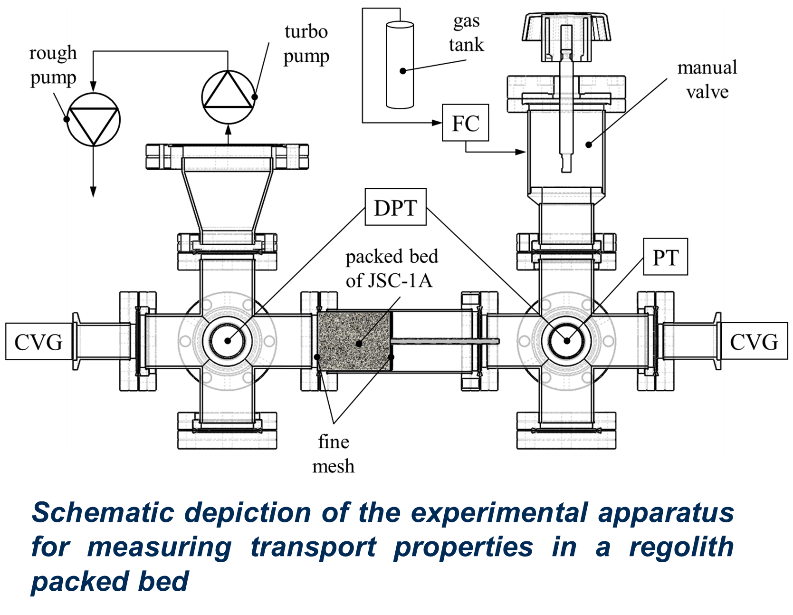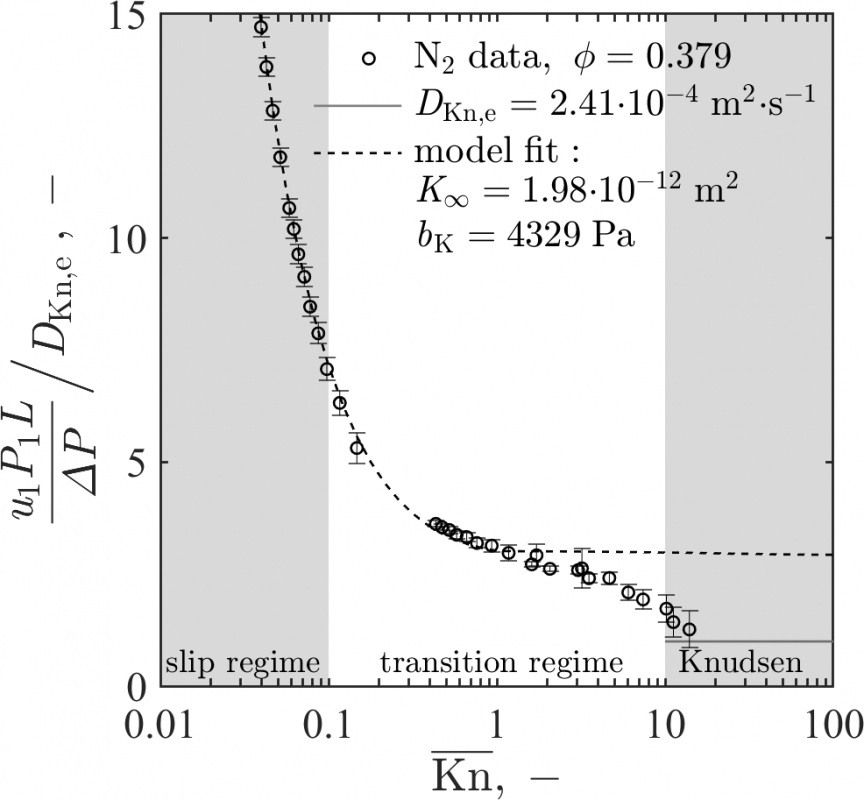
Research Topic- Extraction of H2O from lunar material
Currently space travel is expensive. With current technology, it cost approximately $10,000 per pound to launch materials into space. To establish something as ambitious as a lunar base, we cannot bring all of the resources we would need to the moon from the earth. A solution to this problem is to acquire and create required resources on the moon, this is known as in-situ resource utilization (ISRU). One of the most valuable resources is water. Water is vital for human survival and can be transformed into fuel to power rockets. Satellites have observed signs of water on the moon and indicate that it could be fairly abundant on the lunar poles.
Garrett’s research focuses on the extraction of H2O from lunar soil, known as regolith. One of the key challenges this research attempts to solve is estimating how much H2O, which is categorized as a volatile, escapes during the sampling and collecting phases of a lunar mission. Garrett has built an experimental vacuum chamber to simulate the lunar conditions and study H2O transport and escape. At vacuum conditions, gases and volatiles are flown through a packed bed of lunar regolith simulant.

Garrett’s preliminary results have shown that current models may not fully predict behavior even for simple gases (such as N2 or Ar). Garrett’s work has shown how both lunar regolith properties and volatile properties play an important role in volatile transport. On the figure, the dashed line is the model fit and the dots are the data. This shows that the model fits the data for conditions similar to earth (when Kn<1), but fails at lunar conditions (Kn>1). Garrett’s goal is to ultimately improve water vapor transport models.

By studying the transport of water and volatiles, extraction and sampling devices can be designed to maximize volatile collection.

